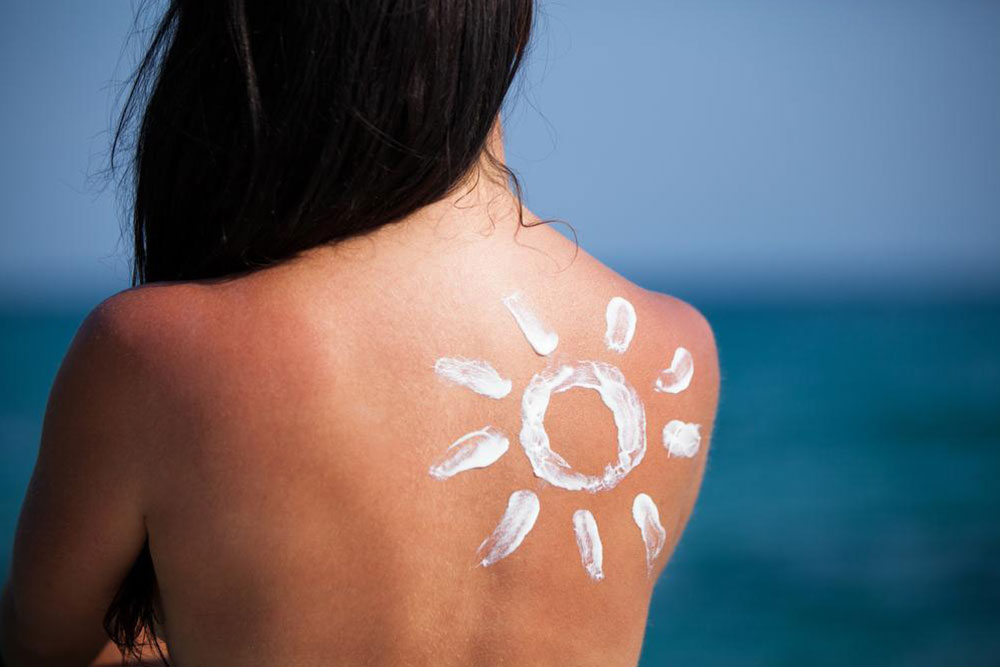Heat Rashes – Causes, Symptoms, and Treatment Options
While summer is a welcome break for many, it can also become a dreaded time for those who suffer from prickly heat rashes. These reddish, itchy spots can cause a lot of irritation if you don’t resort to the right preventive and curative measures. Heat rashes or sweat rashes commonly occur in tropical, humid climates. Prickly heat rash can occur in adults, children, or even infants. Timely heat rash treatment and preventive measures can help combat the condition effectively.
Mild prickly heat rashes usually clear up by themselves, if you reduce your exposure to the sun and maintain good hygiene. The face, neck, chest, back, groin area, under the breasts, and shoulders are likely to be affected by heat rashes.

- Over-exposure to the sun
- Poor personal hygiene
- Heavy creams or lotions
- Wearing tight clothing
Symptoms of heat rash
Prickly heat is also referred to as miliaria rubra. They are characterized by tiny red bumps on the skin that are accompanied by an itchy or prickly feeling. The prickly sensation feels like a sunburn. The tiny blisters look like beads of sweat or bubbles.
There are mainly three types of heat rash:
Clear or miliaria crystallina – This is the mildest form that usually disappears on its own
Red or miliaria rubra – This occurs on the outer skin layer in the form of tiny red bumps
Deep or miliaria profunda – It occurs due to repeated bouts of heat rash that may inflame deeper skin layers.
Prickly heat rash is diagnosed by physical examination and identification of symptoms.
Treatment of heat rash
Heat rash treatment involves simple home remedies and over-the-counter lotions, powders, and sprays. In cases where the sweat glands are infected by heat rash, antibiotic medications may be required.
The milder forms of heat rashes could be resolved without any medication by cooling the skin and reducing exposure to the sun. Antibiotics, as a heat rash treatment option, could also be prescribed when there is an infection. Chronic or frequently recurring heat rashes would require intensive treatment by a dermatologist.
Mild heat rashes could be relieved by applying calamine lotion for soothing the itchy sensation. Avoiding over-exposure to the sun, staying indoors with the air conditioning on, limiting physical activity in hot environments, and maintaining proper personal hygiene can help in preventing the occurrence of heat rash.
Some of the popular heat rash treatment methods have been listed as follows:
- Washing of the affected area with a gentle soap is the first step for treating heat rash. Washing the area several times and patting it dry is recommended for mild heat rash.
- Remain in a cool environment and take frequent showers or baths.
- Place clean cotton cloths between folds of skin to avoid skin-to-skin contact.
- Application of cold packs helps soothe the prickly sensation.
- Mild cortisone creams could be applied for persistent rashes.
- In case of excessive itching, antihistamine medication could be prescribed to the sufferer.
Home remedies for treating heat rash
Cold treatment: Wrapping a few ice cubes in a cotton cloth and placing them over the affected area is extremely soothing for a heat rash.
Oatmeal: Oatmeal is known for its anti-irritant and anti-inflammatory properties. Add a cup of finely ground oatmeal to a tub of water and soak the affected part for around 30 minutes. Pat dry your body after soaking. Repeat this twice a day for good results.
Sandalwood powder: The soothing effect of sandalwood powder helps eliminate the itchy symptoms of prickly heat. Besides providing a soothing effect, sandalwood powder also helps cool the body temperature significantly. A paste of sandalwood and water could also be applied to the affected areas to get effective relief from heat rash.
Fuller’s earth: This is a popular home remedy for treating heat rashes. The cooling properties of Fuller’s earth help reduce the inflammation and itching. Fuller’s earth should first be mixed with rose water to make a thick paste. This paste can then be applied to the affected areas and washed off once dry.
Baking soda: Baking soda is a gentle exfoliating agent that can be used to unclog skin pores. You can mix one teaspoon of baking soda to 1 cup of water. Dip a clean washcloth in this solution and squeeze out the excess water. Put the wash cloth on the affected area for around 10 minutes and then wash it off. Repeat this for up to 4–5 times a week.
As the summer heat sets in, it pays to take adequate precautionary measures to prevent heat rashes. Simple preventive measures like avoiding excessive exposure to sun, wearing breathable clothes, maintaining personal hygiene, and staying hydrated can help combat prickly heat effectively.

